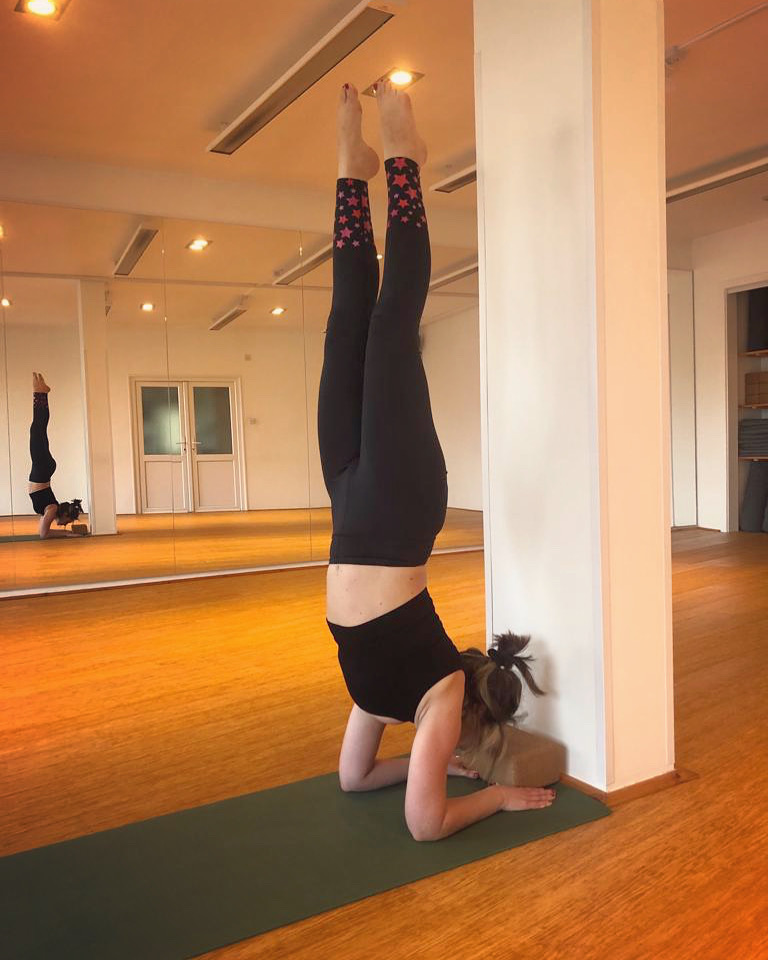It’s impossible to instantly get rid of the frustration of a difficult day or the pain of an injury. You cannot ignore the sadness of a relationship that’s ended or the tension you feel in your heart when uncomfortable feelings get stirred up inside. So what is it you’re supposed to let go of when you step onto your Yoga mat?
Seeing as you cannot make situations disappear, the idea of letting go can be confusing or even frustrating. It can also be misinterpreted as avoiding the hard work of facing unpleasant realities in a kind of spiritual bypassing of responsibility.
In physical relaxation, the idea of letting go can bring you towards a calmer state of mind as when the body is relaxed, the mind often follows.
A release can and will happen when you practise a relaxation technique like Savasana, which is designed to calm the parasympathetic nervous system. But letting go is a principle that goes beyond the physical body.
I used to think letting go was always about releasing effort, but in reality it’s often more about acceptance, a courageous choice to choose trust, or have faith, to relax into what is instead of striving for what the ego thinks is best.
It is not about giving up.
It is not about not trying.
It is not about feeling defeated or hopeless.
It is about accepting that ‘when one door closes, another one opens’.
It is about having a flexibility of mind and letting go of how you think things ‘should be’.
It is the release of thoughts, worries or fears that prevent you from receiving the gift of total presence in the moment.
It is remembering that all life’s situations and experiences and even their causes are always changing and shifting.
It requires a certain inner strength that is to be commended, with the same degree of effort as that required to master the strength, balance and steadiness to achieve a challenging asana.
Letting go comes from the concept of ‘Aparigraha’, which is the practise of non-attachment to what you perceive as either the good things or the bad things in your life.
By taking the time to focus on your thoughts and emotions you can gain greater insight into what may be the cause of any emotional tension.
And so this better understanding of your thoughts and emotions enables you to release them with greater ease.
Letting go of the things you can’t control in the moment is part of connecting to something bigger than the individual sense of self.
Letting go is therefore an act of deep, trustful surrender. It is trusting that the result from being in the moment and choosing to surrender is greater than you might ever realize.
But letting go is also a lifelong process of connecting to what’s most important.
Essentially, Yoga is about connecting with your higher self, your true wisdom or divine nature. Letting go of the worries of the individual self, or ego, is one of the ways of reaching this higher awareness.
To let go is liberation from the confines of the mind and finding total freedom – and it might be easier to do than you think.
About Lucy: I began practising Yoga in 2002 and inspired by my teachers and desire to share it with others, I undertook training with The Life Centre, now Yogacampus. My love for Yoga is enhanced by its emphasis on the mind, body, spirit connection and consequently that is the focus of my practice and teaching.
I continue to study with a number of inspirational teachers not only from the UK: Graham Burns, Norman Blair, and Mark Singleton, but also international teachers such as Tias Little, Deepak Chopra, and Donna Farhi.
